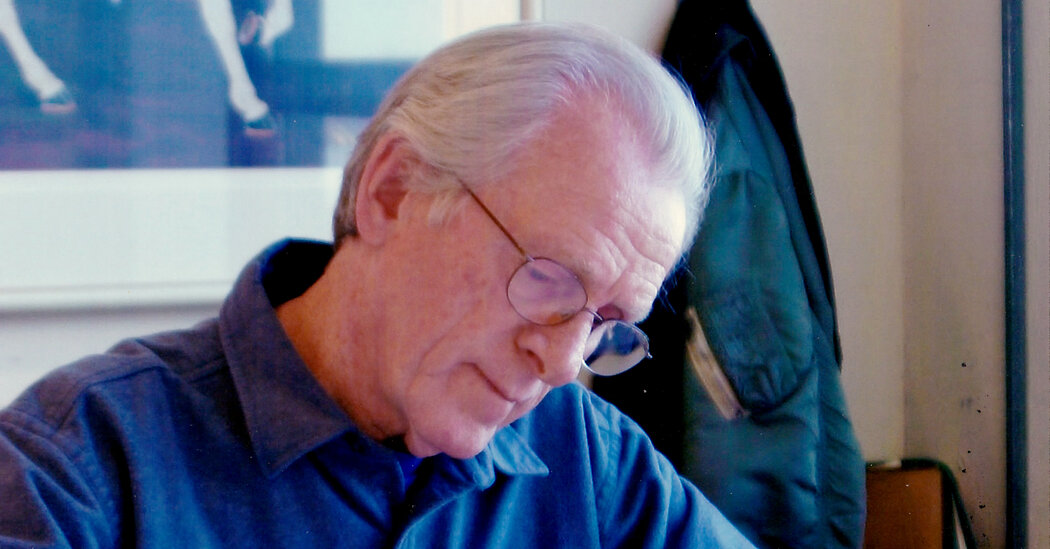He arranged for artists to have access to astronauts, launchpads and more. “Their imaginations enable them to venture beyond a scientific explanation,” he once said.
James Dean, a landscape painter who ran a NASA program that invited artists like Robert Rauschenberg, Norman Rockwell and Jamie Wyeth to document aspects of the Mercury, Gemini and Apollo projects, died on March 22 in Washington. He was 92.
His son Steven confirmed the death, at an assisted living facility.
From the final Mercury mission in 1963 until 1974, Mr. Dean gave dozens of artists access to astronauts, to areas near the launchpads at Cape Canaveral (and the Kennedy Space Center) and to ships that recovered astronauts after their ocean splashdowns.
Mr. Dean believed that artists offered a perspective that could not be found in photographs.
“Their imaginations enable them to venture beyond a scientific explanation of the stars, the moon and the outer planets,” Mr. Dean and Bert Ulrich wrote in their book, “NASA/ART: 50 Years of Exploration” (2008).
One night before L. Gordon Cooper blasted off on the last Mercury mission in May 1963, Mr. Dean allowed the painters Peter Hurd and Lamar Dodd to work from a field near the rocket’s launchpad, and provided them with huge lamps for illumination.
Mr. Hurd’s watercolor, “Predawn,” offers an eerie vision of a red structure against a dark blue background.
